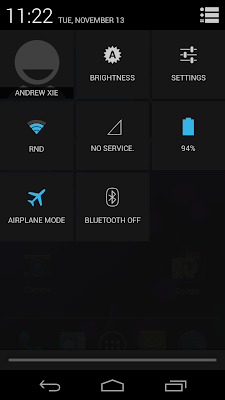1. Guggenheim Museum, Bilbao, Spain
Image sourceTechniques:
- Sharpness
- Randomness
- Juxtaposition
- Depth
- Activeness
- Spontaneity
- Complexity
- Asymmetry
- Boldness
2. Sofa by Charles and Ray Eames
Techniques:
- Symmetry
- Regularity
- Balance
- Economy
- Consistency
- Stasis
Both of these designs show a strong understanding of visual techniques, delivering a strong visual message. The Guggenheim presents a fresh and modern design language, it is very bold and consequentially unforgettable as well as polarizing. The architect Frank Gehry used asymmetrical forms in direct contrast with more conventional architectural design. Activeness in form makes the building feel alive and organic, full of passion and excitement. On the other side of the spectrum, this sofa designed by Charles and Ray Eames shows a drastically different design language that is very strong in it's own right. The visual message in this case follows the function of the piece. Economy is perhaps the strongest visual technique, every line has a distinct purpose and anything superfluous is left out. The repetition of rectangular forms centers the message, it is a calming form, in direct contrast to the excitement of the Guggenheim.





